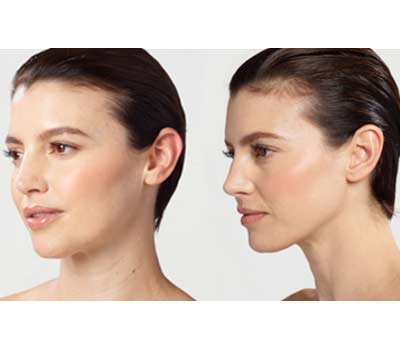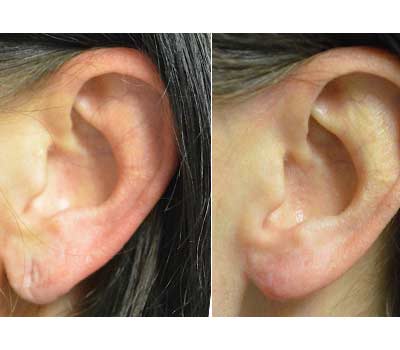
Ear Reconstruction is a surgery aimed at reconstructing the hearing organ that has suffered trauma with partial or total tissue loss.
About
The ear is a part of the body that presents very complex anatomical characteristics. This factor is due to the elevations and depressions that give their natural shape.
The main superficial components of the organ are: the helix (external and greater curvature), antihelix (internal elevation that divides into superior and inferior crus), scapha (which is the fossa between the helix and the antihelix).
Indications for ear reconstruction surgery
Surgeries in the auricular region (ear) are performed by plastic surgeons for two reasons: aesthetic and restorative. In the aesthetic area, Otoplasty is intended for the correction of aesthetic defects such as, for example, protruding ears or malformations of the pavilion of the ear. In the restorative area, the operation to reconstruct the ear has a number of possible indications. An intervention may be necessary in case of congenital defects, that is, that arise during the formation of the organ or when an initially normal ear suffers some trauma. In the last scenario, the aim is to correct the deformity and restore the original appearance of the region.
The ears are places that are often traumatized. For example, wearing earrings that are not proportionate or with excessive traction can tear the ear leading to a bifid lobe or ear tear.
Falls, fights, and burns are other examples of trauma. Practice and competition in MMA-type contact sports ( mixed martial arts or mixed martial arts) often injure the ears as well. These and other traumas with complete avulsion (violent extraction) or partial loss of the ear may occur, requiring Ear Reconstruction plastic surgery.
Other problems that occur in the ears, especially in the elderly, are benign and malignant tumors of the skin. In these cases, it is necessary to resect the tumors and eventually perform flaps for Ear Reconstruction. The pieces with the tumors are sent for anatomopathological study.
In general, recent techniques of complete reconstruction involve, on average, two interventions programmed according to the demand of the frame. An interval of at least six months is recommended between the first and second phases of the process. The operation is performed in a hospital, and requires general or local anesthesia with sedation.
When the objective is only to restore the lower third of the ear – the lobe –, the treatment is usually carried out in the clinic itself, with local anesthesia.
Pre- and post-operative care
Before undergoing the more invasive approach, the patient will undergo a battery of physical and laboratory tests to assess their health status. If tests indicate any changes, it is possible that the ear procedure will be postponed to ensure the safety of the individual.
The postoperative period is not usually very painful, however, some people may feel discomfort in the chest, if this site is used to donate the cartilage used in the reconstruction. However, any pain is easily resolved with the administration of oral analgesics and anti-inflammatories prescribed by the doctor. The need to use stronger analgesics is rare.
In the ear, nylon threads are used for suturing. The stitches on the chest are performed with absorbable threads, eliminating the need for removal. Routine activities resume after 14 days, and sports practice is allowed after one month.
The good end result of ear reconstruction surgery is related to a number of variables. In addition to a correct execution of the intervention, postoperative care is essential for a satisfactory effect.
As a rule, those born with ear malformations tend to have a better response, as the virgin skin of surgery is of superior quality. From the fourth month of the 2nd phase, the ear reaches the definitive result, and certain touches can be made to soften scars and adjust contours.







